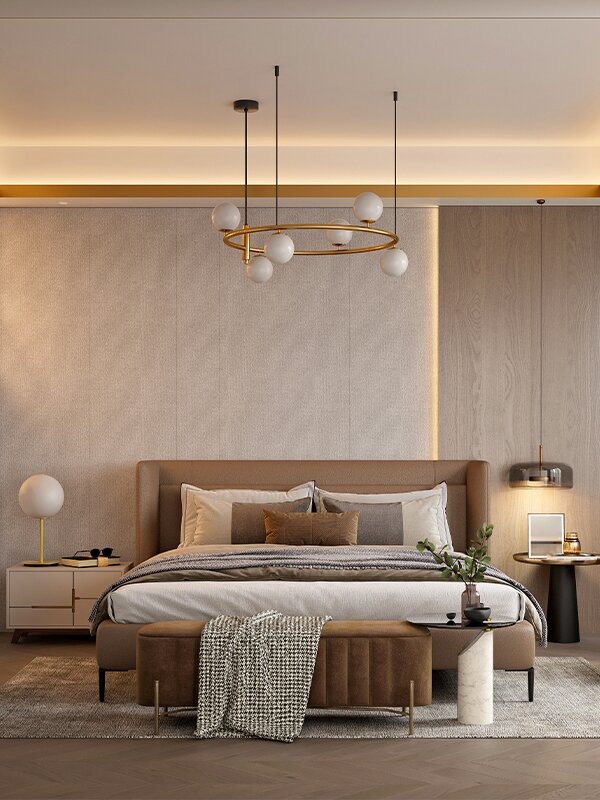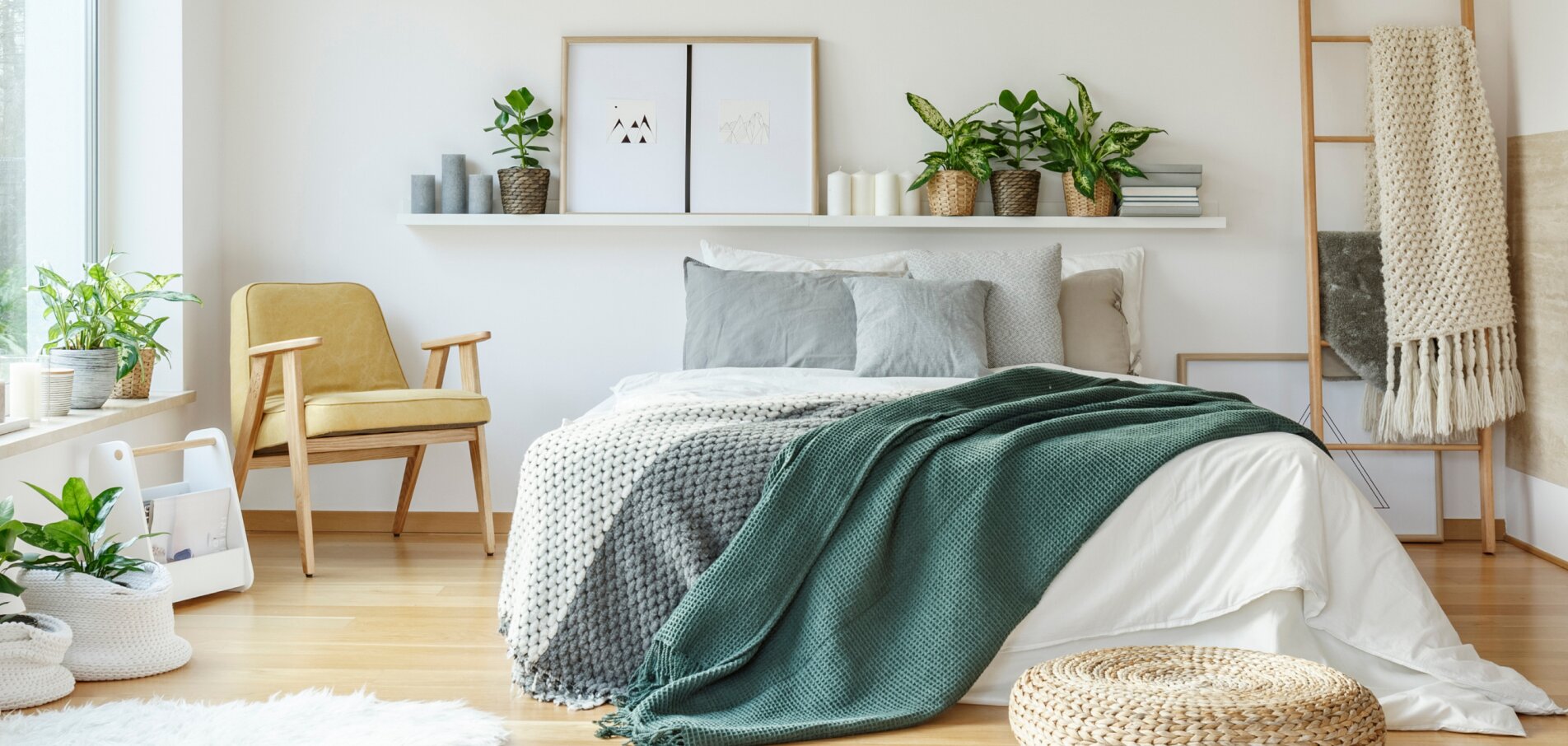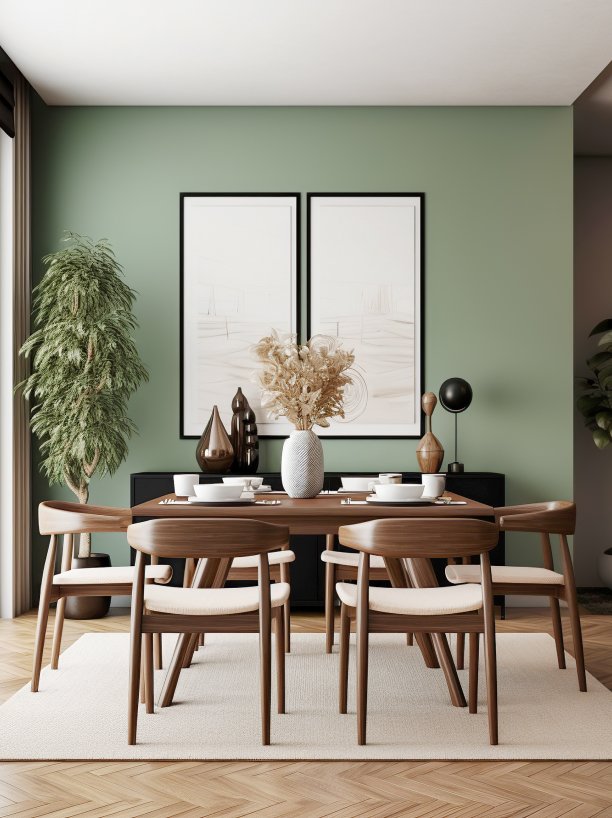How To Measure a Room for Furniture
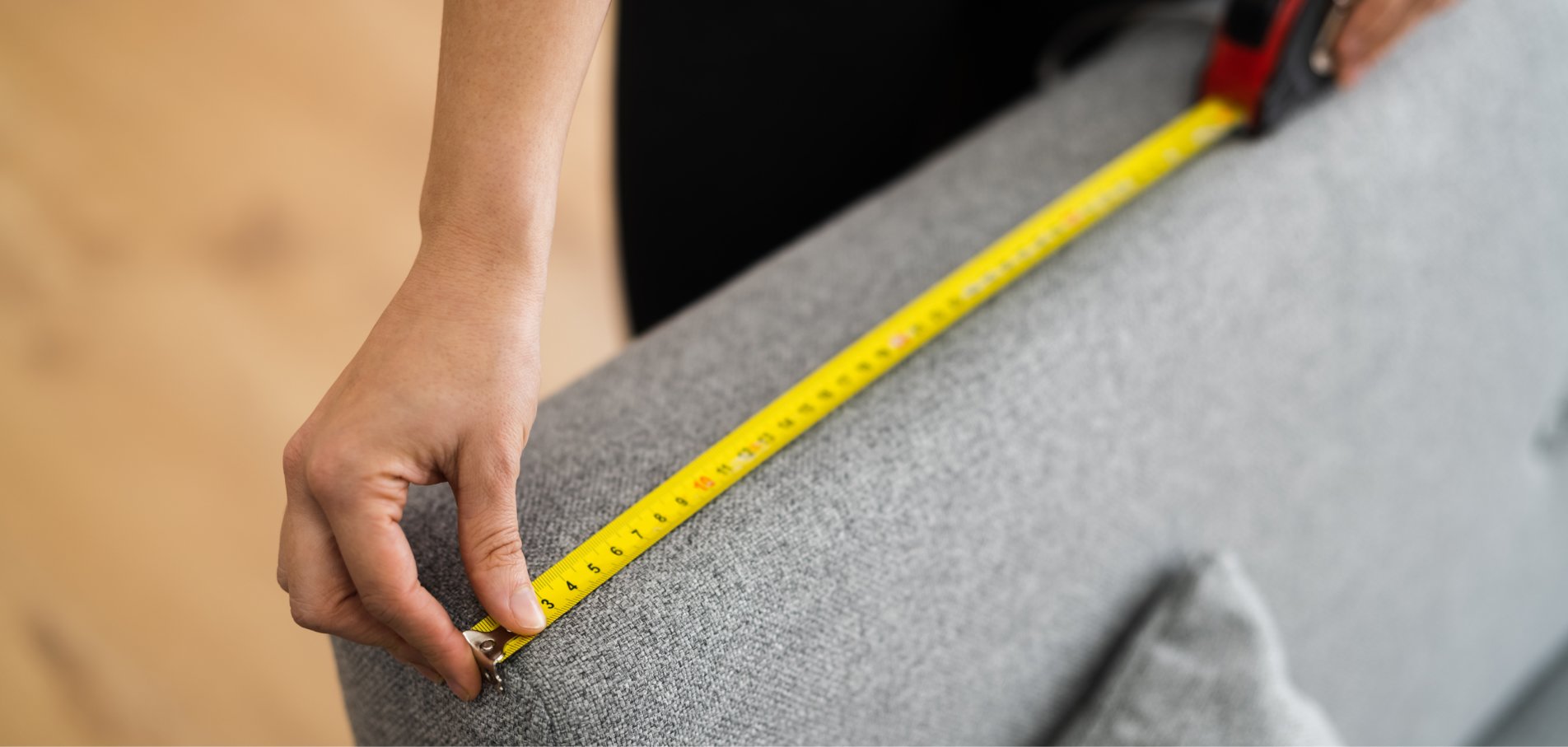
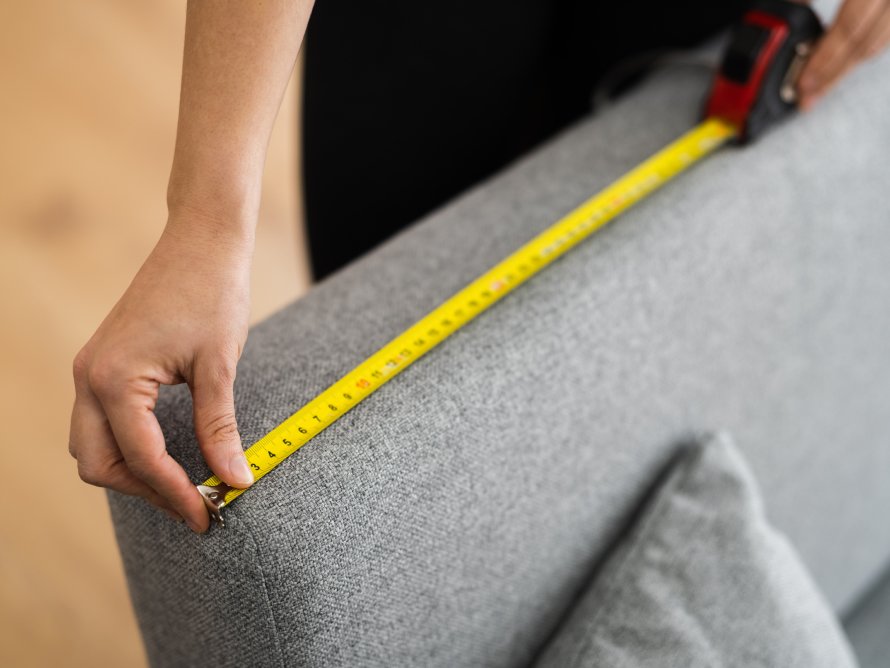
From buying a new home to redesigning an old space, don't make plans for new furniture and accessories until you’ve measured the room. Properly measuring your space for furniture is essential when outfitting and styling your home. Ensure your microfiber living room set doesn’t overflow into walkways or guarantee your new King-sized bed won’t overwhelm your room. Follow along for easy tips and ensure you get the best measurements for your new furniture.
Measure the Area & Perimeter of the Room
Knowing precisely how much space you have to work with is the first step in any home styling project. Here's how to measure a few common areas.
How to measure the area of a room
length (ft) x width (ft) = area in square feet
How to measure the perimeter of a room
How to measure awkward angles & shapes
The same goes for an odd-shaped room. Break down the room into areas that are easy to calculate. Then, add them together for the final number.
If your room, or a section of the room, resembles a triangle, use the same formula but divide it in half.
length (ft) x width (ft) ÷ 2 = area in square feet of a triangle
How to Measure Wall Space
Whether you want to add a splash of color or ensure that your art fits on your wall, finding the total square footage of your wall is essential.
Measure the wall height and length and multiply the numbers to find the square footage. If you need to measure multiple walls, find the square footage for each wall and add the numbers together.
If your wall includes a window or doorway, multiply the length by the height of the wall to find the total area. If you are looking for the square footage of a wall for paint or wallpaper and do not need to include doorway or window measurements, subtract the square footage of the windows and doors from the total square footage of the walls.
Measuring the Room for Placement
When ordering new furniture, one of the key steps is ensuring your pieces can make it through the door. Measure the heights and widths of all entryways, stairways, and hallways to ensure your furniture can maneuver through them. Factor in ceiling heights, architectural details of the room, banisters, or low-hanging fixtures that might get in the way.
How to measure doorways
How to measure window sills
How To Measure for Furniture
Making sure your new pieces fit seamlessly into the flow of your room is about more than just dimensions. Having a plan for your furniture placement helps build a space that feels balanced. Mark out the dimensions of your new additions with tape to get a feel for how the furniture will sit in the space. Here are a few specific furnishing measurements to keep in mind.
How to measure for a rug
How to measure for a bed
How to measure for a sectional or sofa
Find the Perfect Measurements
Ensure you get the right-sized furniture for your home’s space and needs. Knowing the exact measurements of your room helps narrow your furniture search and limits the need for returns. Once you calculate your measurements, it’s time to find your perfect furniture and decor on furniture.com. Browse our selection of curated pieces to fit any size, shape, and budget.
